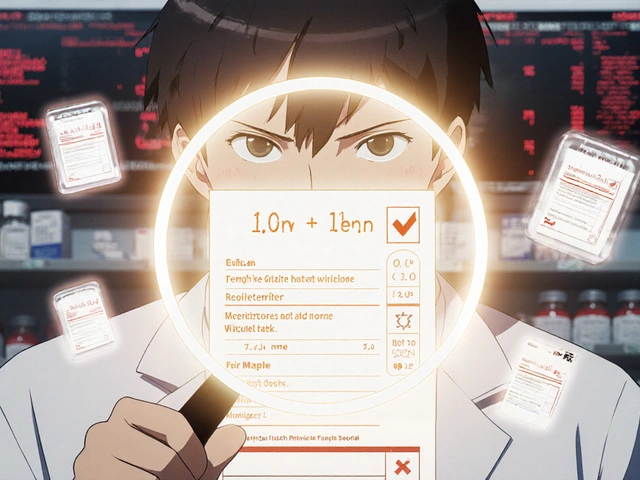Idiopathic Pulmonary Fibrosis (IPF): What to Know and What to Do
IPF is a form of lung scarring that slowly makes breathing harder. You might notice shortness of breath with activity, a dry cough that won’t quit, fatigue, or clubbing of the fingertips. Symptoms often start subtle and get worse over months to years. If you or someone you care for has persistent breathlessness, it’s worth pushing for a clear diagnosis.
How IPF is diagnosed
Doctors use a mix of tests to find IPF. A high-resolution chest CT scan shows the pattern of scarring. Pulmonary function tests measure how well your lungs move air and transfer oxygen. Blood work rules out other causes, and sometimes doctors order a bronchoscopy or a lung biopsy if the picture is unclear. A pulmonologist—an expert in lung diseases—will usually review all results and may discuss the case at a multidisciplinary meeting to be sure.
Getting an accurate diagnosis matters because treatment and outlook differ between types of lung disease. If your CT scan already shows a typical pattern for IPF, doctors often avoid invasive biopsy and start planning care right away.
Treatment options that help
There’s no cure yet, but treatments can slow damage and help you stay active. Antifibrotic drugs such as pirfenidone and nintedanib cut the rate of decline for many people. They don’t reverse scarring, but they often slow progression enough to preserve quality of life for months or years.
Other supports matter a lot: supplemental oxygen for low oxygen levels, pulmonary rehabilitation to build stamina and teach breathing techniques, vaccines to prevent flu and pneumonia, and careful management of other conditions like heart disease. In advanced cases, lung transplant is an option for people who qualify. Clinical trials are also an option if you’re looking for new therapies.
Medication side effects vary. Nintedanib commonly causes stomach upset and diarrhea; pirfenidone can cause nausea and increased sensitivity to sunlight. Talk with your doctor about how to manage side effects and whether one drug fits your situation better than the other.
Daily life tips: stop smoking, avoid smoky or dusty environments, pace activities, and use energy-conserving techniques. Keep up with gentle exercise as advised by your rehab team. Plan ahead for travel or higher-altitude situations where oxygen may be limited.
When to see a doctor: worsening breathlessness, new or worsening cough, fever, sudden chest pain, or trouble with daily tasks. Ask your clinician for a clear action plan, what to expect from medications, and when to consider referral to a transplant center.
Living with IPF is challenging, but practical care and early treatment make a difference. Reach out to support groups, keep appointments with your lung team, and don’t hesitate to ask questions about treatments, side effects, and next steps.
Understanding the Stages of Idiopathic Pulmonary Fibrosis
In my recent deep-dive into the world of medical conditions, I've been exploring Idiopathic Pulmonary Fibrosis (IPF). This is a serious lung disorder where the tissue becomes thick and stiff, or scarred, leading to difficulty in breathing. The progression of IPF is divided into four stages: mild, moderate, severe, and very severe, each with a different impact on lung capacity and functionality. It's really important to note that the symptoms, rate of progression, and life expectancy can vary greatly from person to person. While there's currently no cure, treatments can help manage the symptoms and slow down the progression.
Detail




